Frantzen is a three-star Michelin restaurant in Stockholm that in December 2022 decided to expand to the UK. It chose for its venue a high-profile site - the top of the Harrods department store, no less. This is a large space, seating at least 112 diners at any one time, serving food throughout the day, from noon until 11:30 p.m. The Studio Frantzen kitchen is in the hands of Marcus Rohlen, who is Swedish but has worked in the UK for years. He was head chef at Frenchie and also at Social Wine and Tapas after being a senior sous chef at Pollen Street Social. The easiest way to get to the restaurant is to enter Harrods via door 5 (on the south east corner of the building) and then take either the escalators or lift to the fifth floor. The main dining area is very smartly decorated, with an open kitchen to one side, above which are a few booths. At the upper level is also a roof terrace partly open to the elements, where drinks and snacks are served; doubtless this will be popular in the summer. This is a seven day operation with 37 chefs employed, but with around a dozen typically cooking at any one time.
The menu was a la carte. The wine list had 592 labels and ranged in price from £40 to £30,000, with a median price of £140 and an average markup to retail price of 3.3 times based on a substantial sample of the list; this level is actually pretty normal these days by London standards. Sample references were Axel Pauly Purist Riesling Kabinett Trocken 2020 at £55 for a bottle that you can find in the high street for £18, Ante I Custodi Etna Bianco 2019 at £95 compared to its retail price of £29, and Ridge Vineyards Geyserville 2019 at £140 for a wine that will set you back £48 in the high street. For those with the means there was Vega Sicilia Valbuena 2017 at £420 compared to its retail price of £143, and Château Lynch-Bages 2010 at £500 for a wine whose current market value is £176.
As a snack we had grilled oyster with smoked butter sauce, herring caviar and seaweed oil, served in the oyster shell. This was very enjoyable, the balance of the elements good, the oyster carefully cooked (15/20). This was accompanied by good brioche produced in the kitchen, with plenty of layers in the dough, made with the aid of a mechanical laminator.
For starters we tried two quite different tartare dishes. Tuna and red deer tartare (£29) also had roe of vendace (a freshwater white fish) from Kalix in northern Sweden, this roe being a sort of Swedish answer to caviar. The tartare also had white kombu (edible kelp), wasabi-infused cultured cream, fermented Mirabelle plum and ginger butter. The tuna and venison meat had nice flavour, the plum provided some sharpness and the hint of Asian flavours in the ginger and wasabi were a good idea, though for me the wasabi was so subtle as to be barely registering (14/20).
Veal steak tartare (£24) came with truffle aioli, pickled white onions, toasted almonds, cress and button mushrooms, all dusted with grated Parmesan. This worked very well, the veal flavour nicely enhanced by the truffle and parmesan, the almonds providing a pleasing textural contrast (15/20).
Grilled quail (£35) with dried spruce and bee pollen had a black pepper and vanilla sauce. This was perfectly pleasant, and the quail was properly cooked, the sauce having a touch of pepper and a very subtle hint of vanilla (14/20). Turbot (£53) was steamed, and prepared with a butter sauce with preserved anchovy juice and three different types of caviar. This was served with what the menu labelled as ‘Jansson’s Temptation’ but was not the traditional version of this Swedish comfort food, which is usually made with potatoes, cream and anchovies. Instead, there was a side bowl of vinegared Koshihikari rice (a type of short-grain Japanese rice) with crisp onions and chives. This dish was excellent, the texture of the turbot very good and working nicely with the sauce and its briny fish roe, while the vinegared rice was delicious (16/20).
For dessert, yuzu sorbet (£10) with pomelo, fennel pollen and fennel marmalade was prettily presented with vertical sticks of sansho pepper meringue, the sorbet having plenty of citrus kick, the subtle hint of spice from the sansho very restrained, and the pomelo bringing its very particular blend of bitterness and sweetness (15/20). Madeleines (£7) were made with beurre noisette and Kyoto miso, freshly baked and served on some icing sugar. These had good texture, and although I am not sure that traditional lemon would have worked better than miso as a flavour, this was certainly a nice enough dessert (14/20).
Service was charming, the staff that we encountered being attentive and helpful. The bill came to £103 per person, with no alcohol, though at £6.50 for a bottle of Hildon water that you can find in the shops at £1.60, who needs wine markups to make a profit? I enjoyed Studio Frantzen, with its interesting menu, technically skilled cooking and welcoming service. Even this large space was busy on a weekday lunch in January, and it is certainly an interesting addition to the London dining scene.


























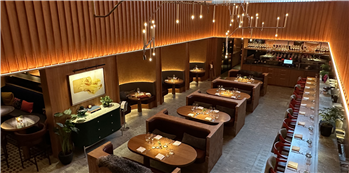



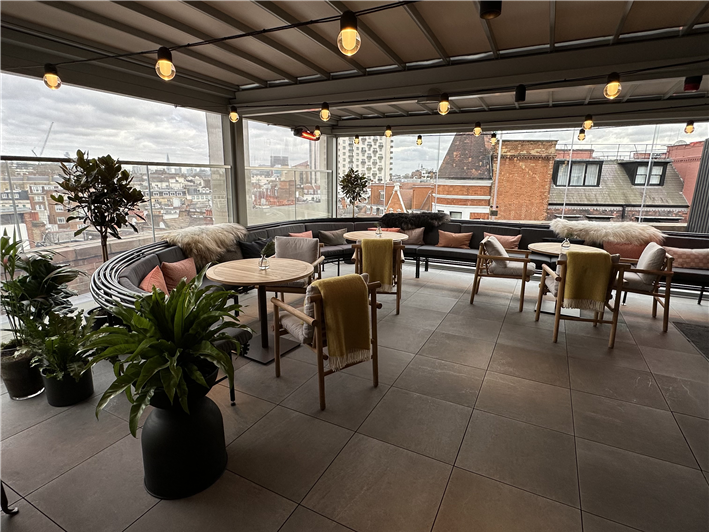
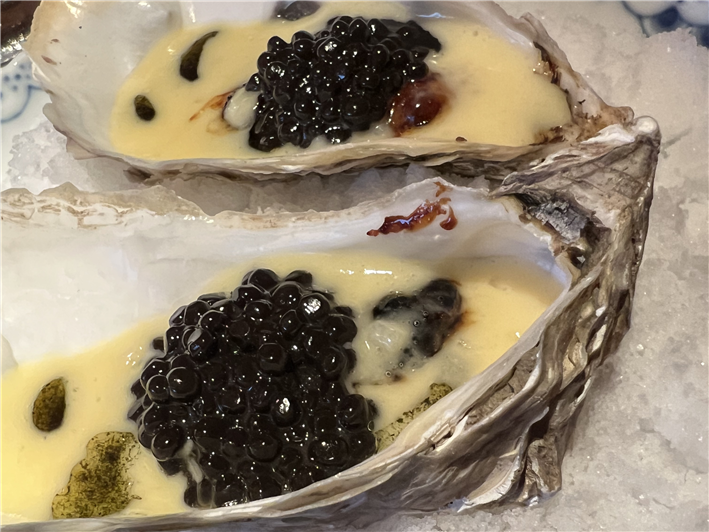

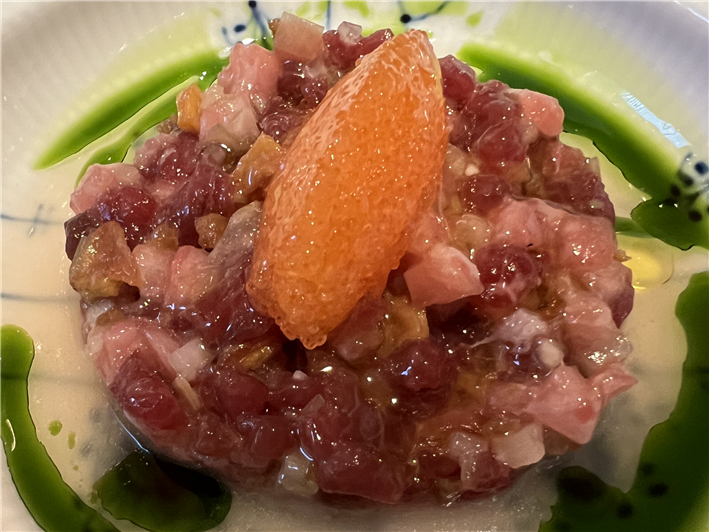
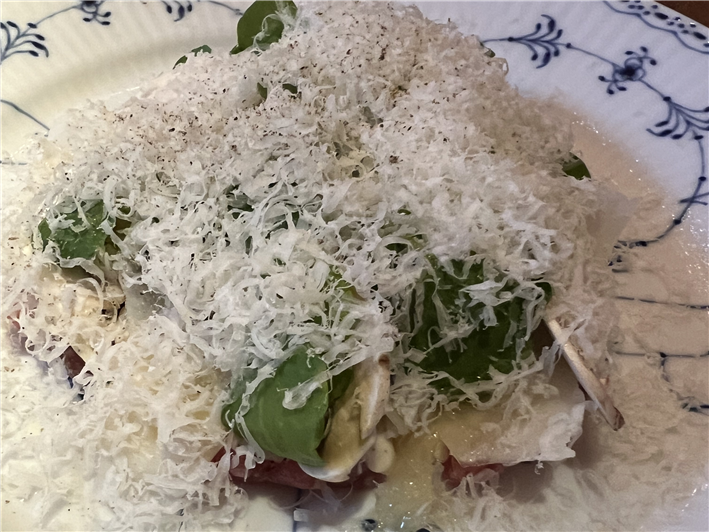
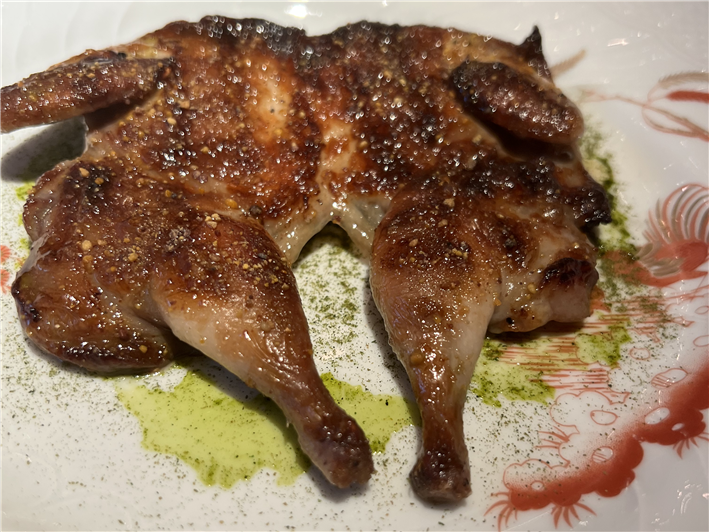

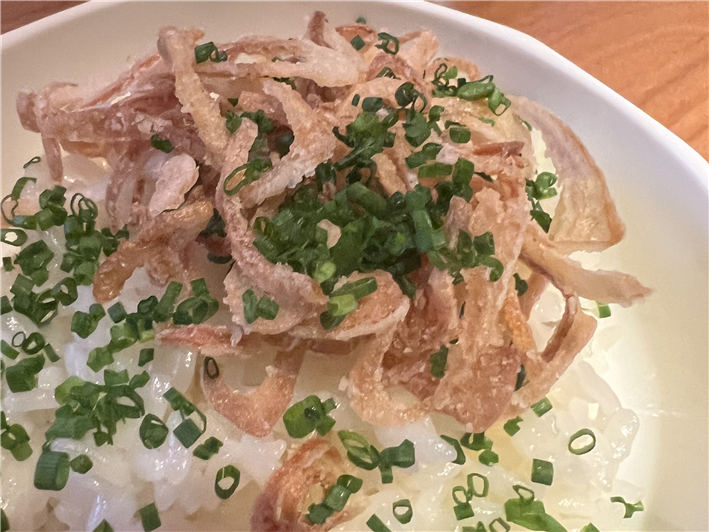

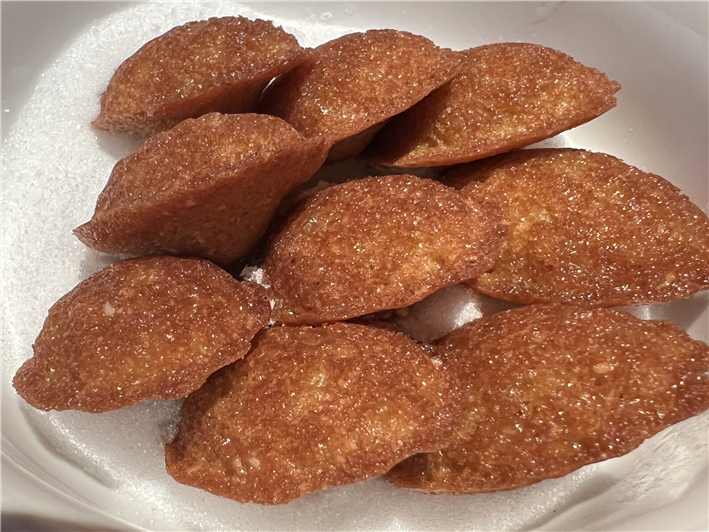
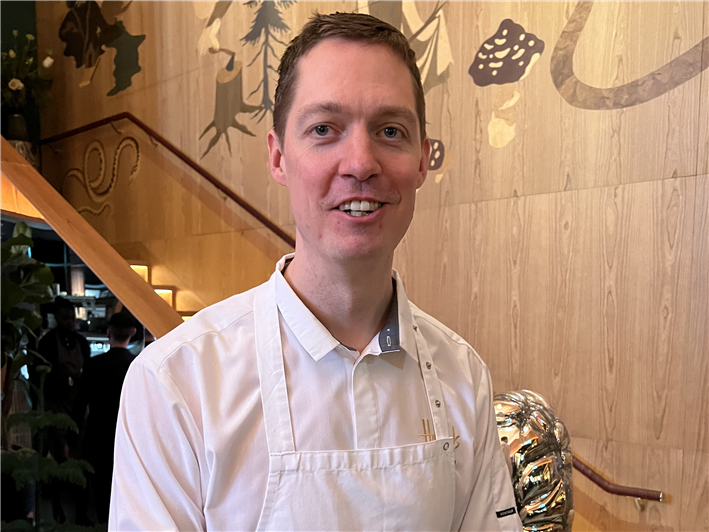

Add a comment
Thank you for submitting your comment, this will be checked and added to the website very soon.
User comments